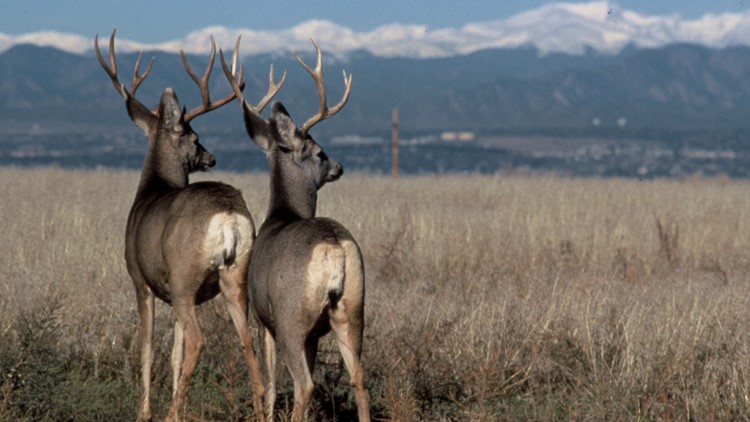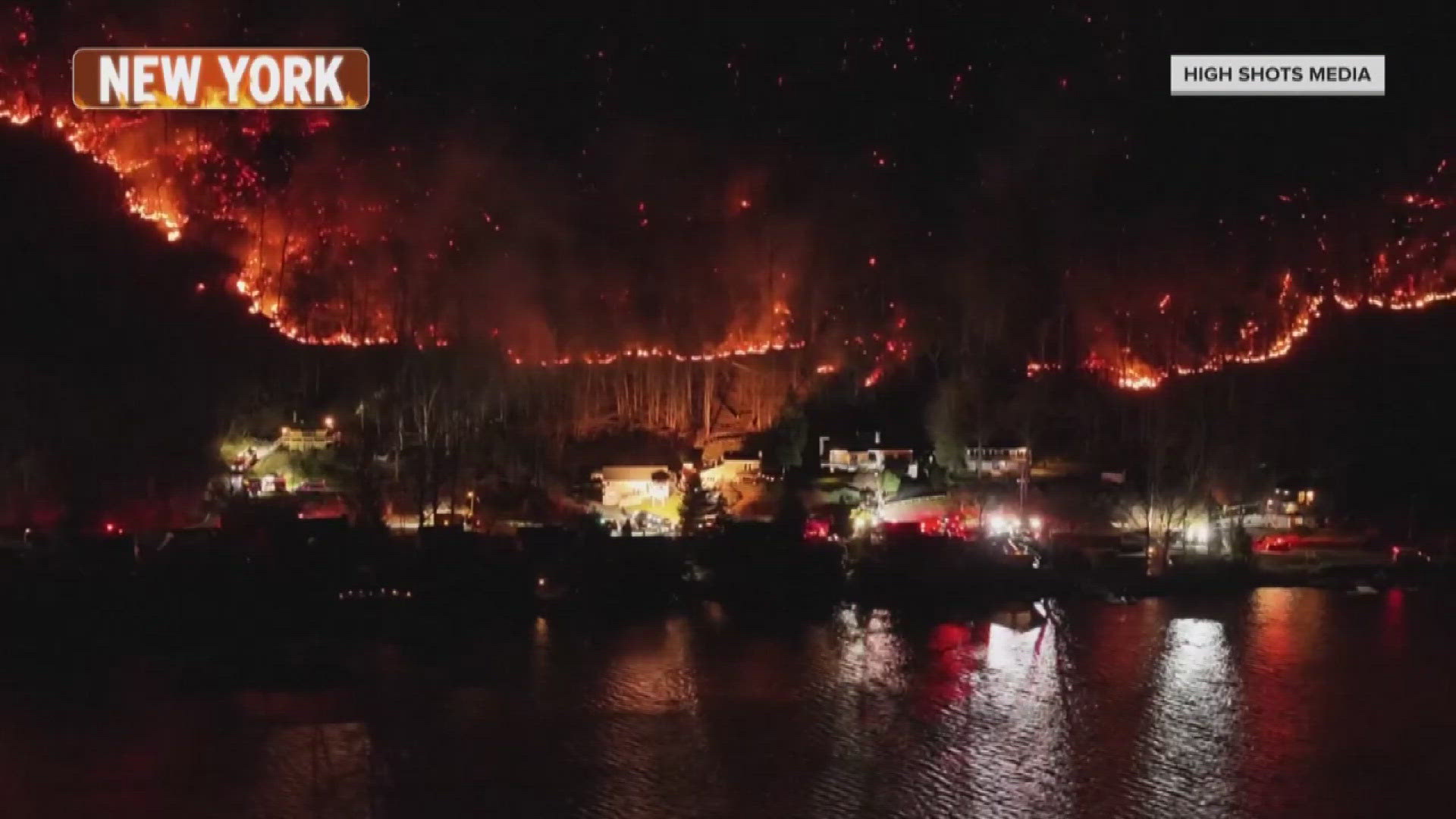GLENWOOD SPRINGS, Colo. — Wild animals — from mountain lions to black bears — are being spotted more frequently around Garfield County, and Colorado Parks and Wildlife (CPW) encourages residents to enjoy the show — from a distance.
Increased sightings are likely a result of people being at home more than usual as a result of the pandemic, CPW spokesperson Randy Hampton said.
“What they’re seeing is more of what goes on in their neighborhood when they would typically be at work or school,” Hampton explained.
Coloradans and wildlife share a special bond, with many residents citing access to wild lands and wildlife viewing as their favorite aspects of the Centennial State. CPW works to support those interests, but also provides guidance to ensure the safety of both animals and people.
This story is powered by COLab, the Colorado News Collaborative. 9NEWS joined this historic collaboration with more than 40 other newsrooms across Colorado to better serve the public.
Walking the dog
Keeping your dog on a leash could be the difference between an animal attack and an animal sighting.
“Many of those problematic encounters start with people saying one thing, ‘I was walking my dog,’” Hampton said. “Dogs have a natural instinct to run off and chase stuff, which can create a conflict with wild animals.”
Unlike domesticated animals, wildlife is always on the defensive and a charging dog can create a situation where the wild animal feels it needs to fight back.
Hampton said many people justify not using a leash by pointing out how well they’ve trained their dog.
“Even if your dog was doing the right thing, a wild animal may react to its presence, and it could charge,” he explained. “So, it’s really important to keep your dog leashed.”
RELATED: We had all the questions about the Standley Lake eagle drama, and the answers don't disappoint
Maintain a safe distance
While the 6-feet rule may work for COVID-19, determining the proper amount of space between you and an animal requires observation.
“As a rule of thumb: If you are close enough to the animal for it to change its behavior, you need to back up,” Hampton said. “Wild animals want to avoid you as much as you want to avoid them.”
Taking photos can be a great way to share wildlife experiences with friends and family, but people should rely on their lens zoom rather than closing the distance with their feet, he added.
When wandering the wilderness, make enough noise to ensure the wildlife knows you’re coming.
“The last thing you want to do out in the wild is sneak up on a mountain lion or a black bear,” Hampton said.
Rabies and distemper can both be causes for serious concern, but with proper distance and observation, Coloradoans can avoid both.
“Even smaller animals are going to want to stay away from you,” Hampton said. “So if they’re approaching you, that’s a concern.”
Sick and injured animals may be weak, but they will still defend themselves if they feel threatened. CPW advises people to avoid these situations altogether.
Who you gonna call?
Report unusual behavior and animals wandering residential areas, but for the most part, just enjoy the view, Hampton said.
“Seeing wildlife doesn’t necessarily mean you need to notify somebody,” he explained. “But if you see something that may be a problem, please give us a call.”
To contact the CPW office in Glenwood Springs, call 970-947-2920. CPW headquarters in Denver can be reached at 303-297-1192. For more information about Colorado’s abundant wildlife, visit http://www.cpw.state.co.us.
SUGGESTED VIDEOS: Local stories from 9NEWS



